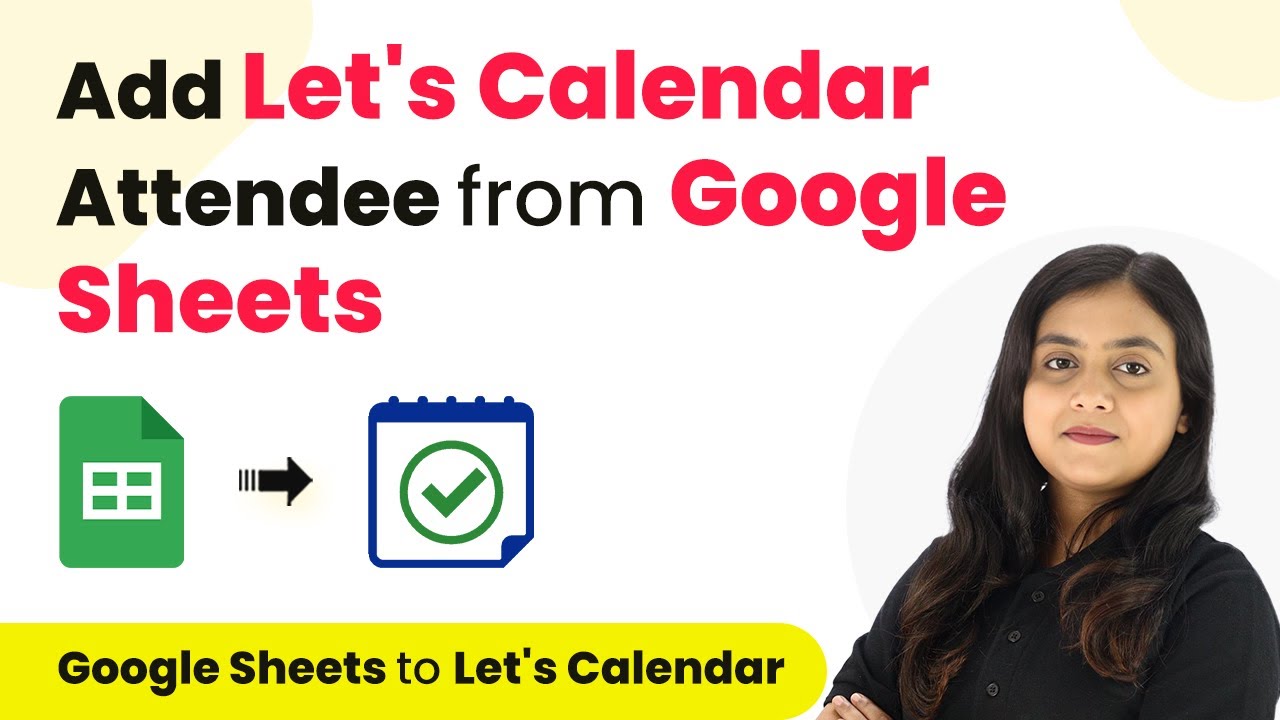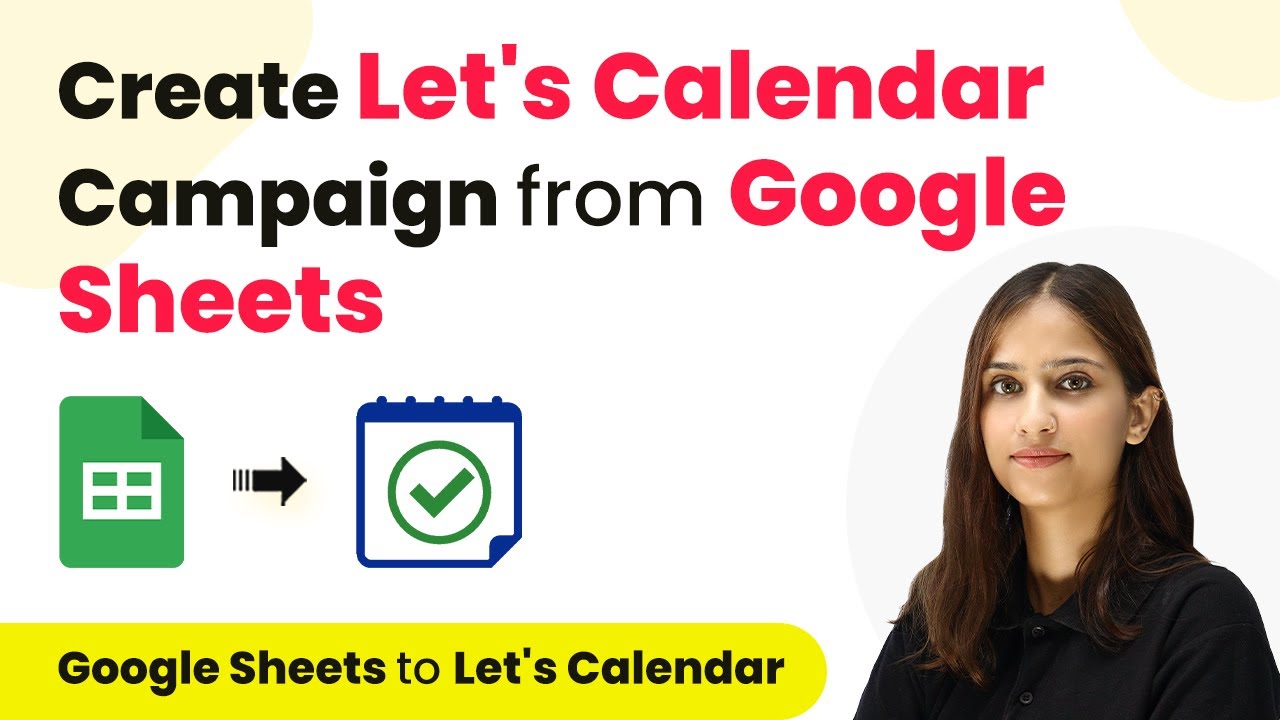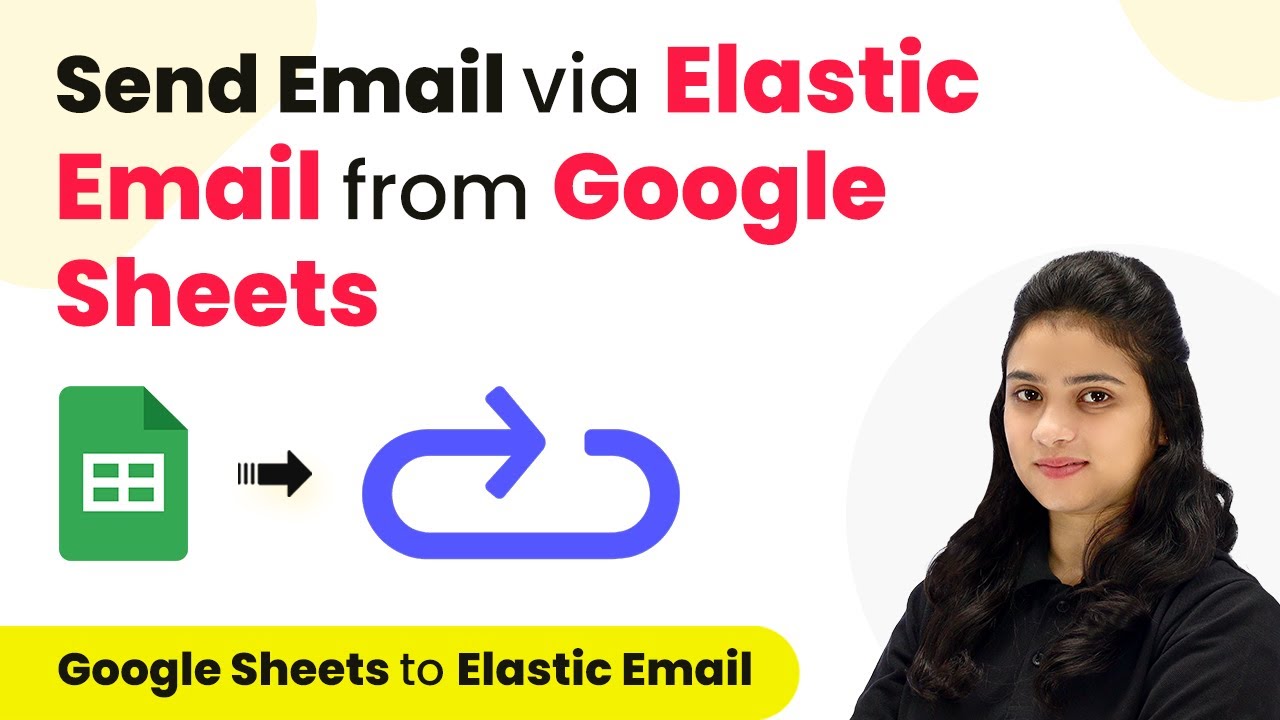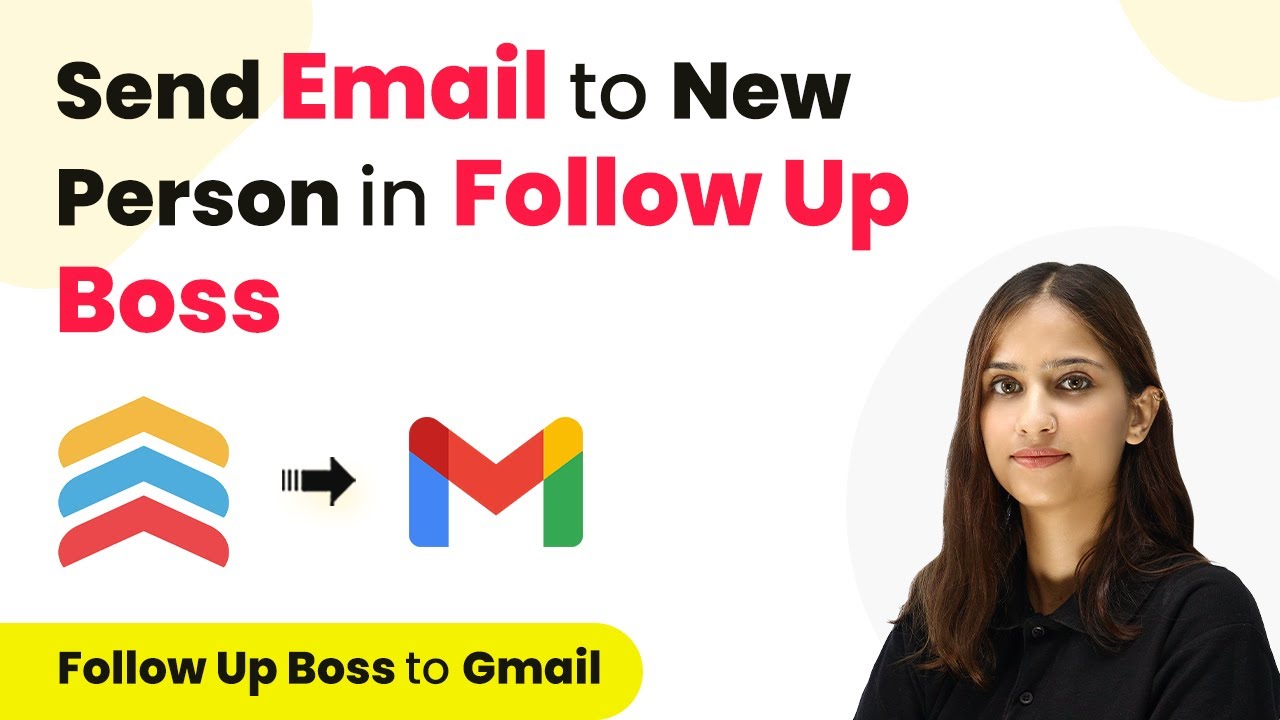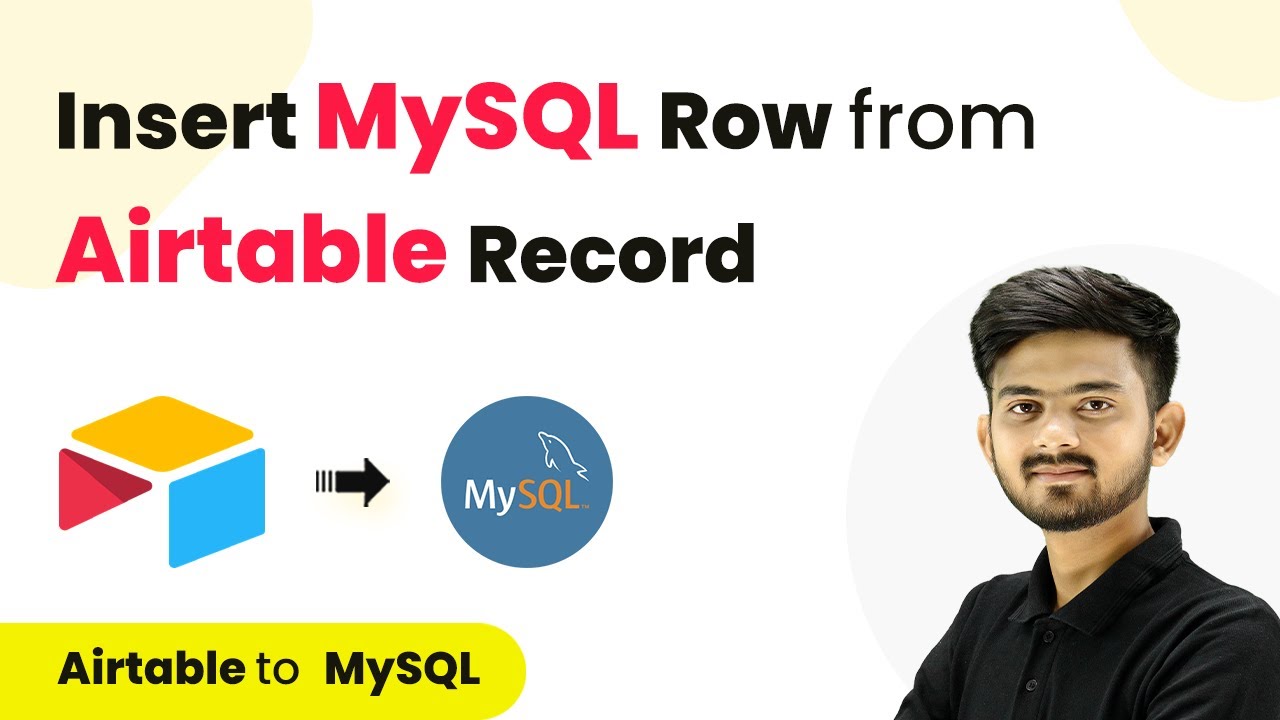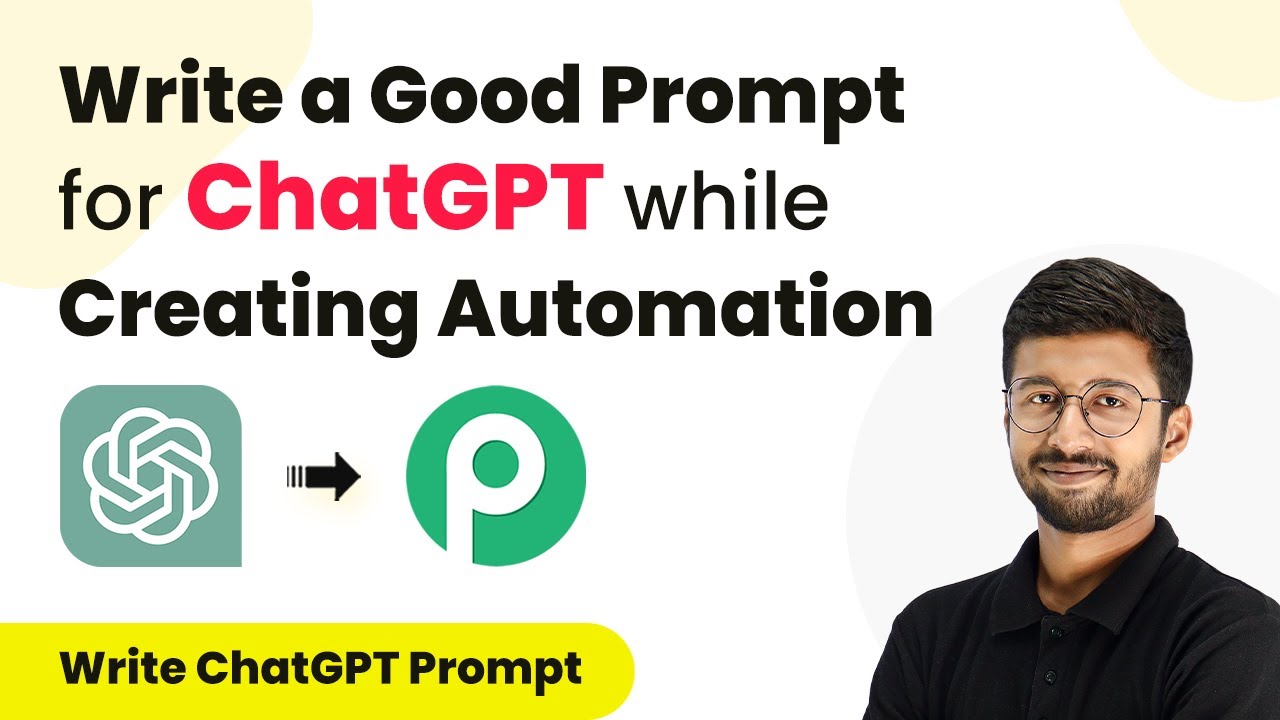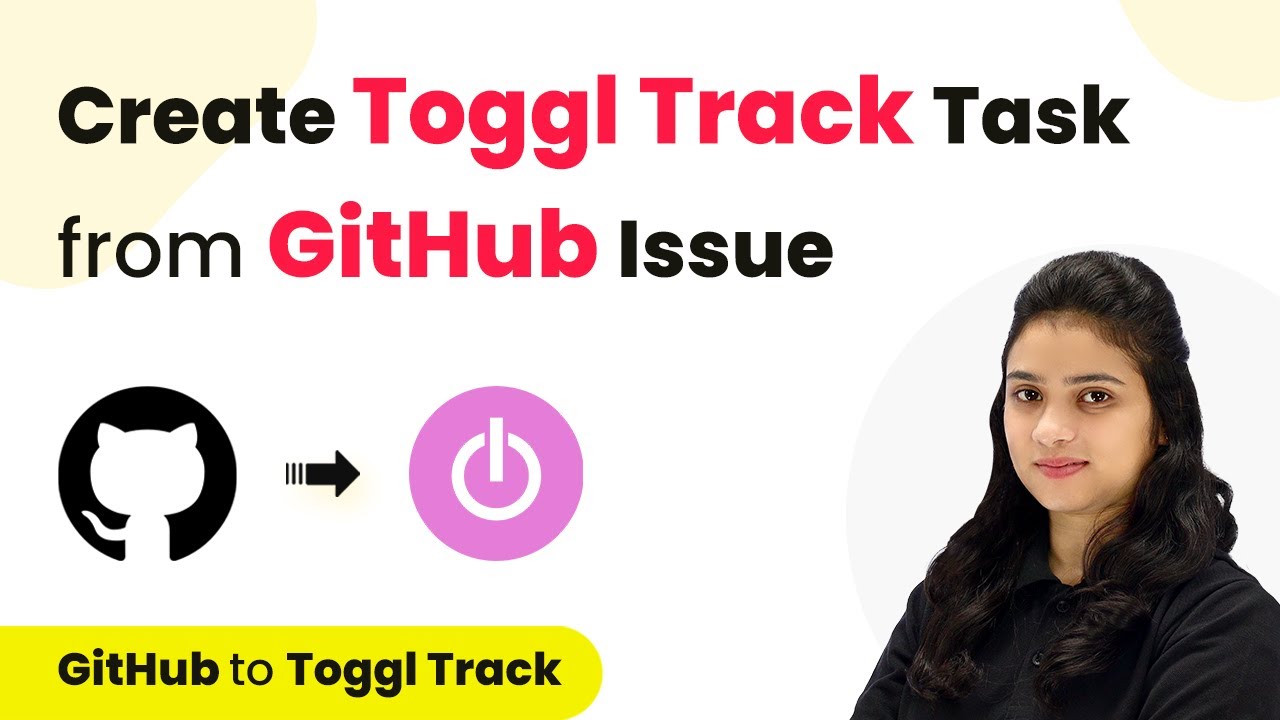Learn how to automate adding attendees to Let’s Calendar from Google Sheets using Pabbly Connect. Step-by-step tutorial for seamless integration. Transform complex automation concepts into accessible, actionable steps that eliminate unnecessary manual work while maximizing existing application capabilities.
Watch Step By Step Video Tutorial Below
1. Setting Up Pabbly Connect for Google Sheets and Let’s Calendar Integration
To start automating the addition of attendees from Google Sheets to Let’s Calendar, we first need to set up Pabbly Connect. Begin by visiting the Pabbly Connect website and signing into your account. If you’re a new user, you can sign up for free and get 100 free tasks every month.
After logging in, navigate to the Pabbly Connect dashboard. Click on the ‘Create Workflow’ button to initiate the automation process. You will then be prompted to name your workflow. For this tutorial, we will name it ‘Let’s Calendar Attendee from Google Sheets Row’.
2. Setting Up Google Sheets as the Trigger Application
In this section, we will set Google Sheets as the trigger application using Pabbly Connect. Click on the arrow to choose the trigger application, and select Google Sheets. For the trigger event, choose ‘New or Updated Spreadsheet Row’. This ensures that every time you add or update a contestant’s data in Google Sheets, Pabbly Connect will capture the response.
- Select Google Sheets as the trigger application.
- Choose ‘New or Updated Spreadsheet Row’ as the trigger event.
- Copy the Webhook URL provided by Pabbly Connect.
Next, go to your Google Sheets, click on Extensions, then Add-ons, and select ‘Get Add-ons’. Search for Pabbly Connect Webhooks and install it. After installation, go back to Extensions, click on Pabbly Connect Webhooks, and select ‘Initial Setup’. Paste the Webhook URL and choose the trigger column, which will be the final data column for capturing responses.
3. Setting Up Let’s Calendar as the Action Application
Now that we have set Google Sheets as the trigger, we will configure Let’s Calendar as the action application in Pabbly Connect. Click on the arrow to choose the action application, and select Let’s Calendar. For the action event, select ‘Add Attendee’. This means that whenever a new row is added in Google Sheets, an attendee will be automatically created in Let’s Calendar.
To connect Pabbly Connect with Let’s Calendar, click on ‘Connect’. If you have an existing connection, you can use that; otherwise, select ‘Add New Connection’. Enter your Let’s Calendar login credentials to establish the connection.
- Select Let’s Calendar as the action application.
- Choose ‘Add Attendee’ as the action event.
- Map the required fields such as first name, last name, and email from the Google Sheets data.
After mapping the fields, click on ‘Save and Send Test Request’. This will send the data to Let’s Calendar and create an attendee based on the information captured from Google Sheets.
4. Testing the Integration Between Google Sheets and Let’s Calendar
After setting up the action step, it is crucial to test the integration. Using Pabbly Connect, we will add a dummy contestant’s detail in the Google Sheets to verify if the attendee is successfully created in Let’s Calendar. Fill in the first name, last name, email, and phone number in the respective columns of your Google Sheets.
Once you have added the dummy data, return to your Pabbly Connect dashboard. You should see that the response from Google Sheets has been captured. This indicates that the integration is functioning correctly. To confirm, check your Let’s Calendar to see if the attendee has been added successfully.
5. Conclusion: Automating Attendee Management with Pabbly Connect
In this tutorial, we successfully demonstrated how to automate the process of adding attendees to Let’s Calendar from Google Sheets using Pabbly Connect. By setting up a trigger in Google Sheets and an action in Let’s Calendar, we streamlined the workflow for event management.
Ensure you check out Pabbly Connect to create business automation workflows and reduce manual tasks. Pabbly Connect currently offer integration with 2,000+ applications.
- Check out Pabbly Connect – Automate your business workflows effortlessly!
- Sign Up Free – Start your journey with ease!
- 10,000+ Video Tutorials – Learn step by step!
- Join Pabbly Facebook Group – Connect with 21,000+ like minded people!
This integration not only saves time but also ensures that all attendee details are accurately captured and managed. Now, every time you add a contestant’s information in Google Sheets, an attendee will be automatically created in Let’s Calendar, enhancing your event management efficiency.
